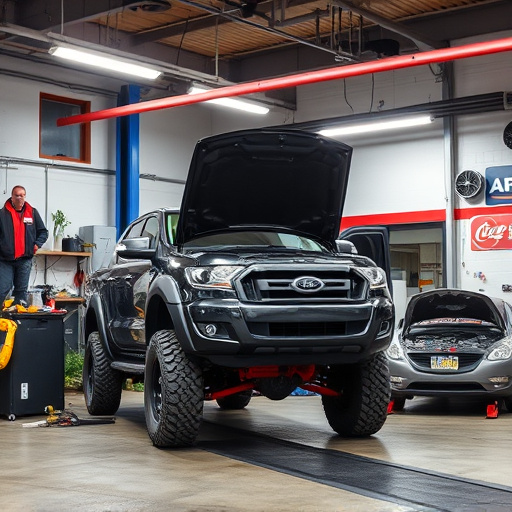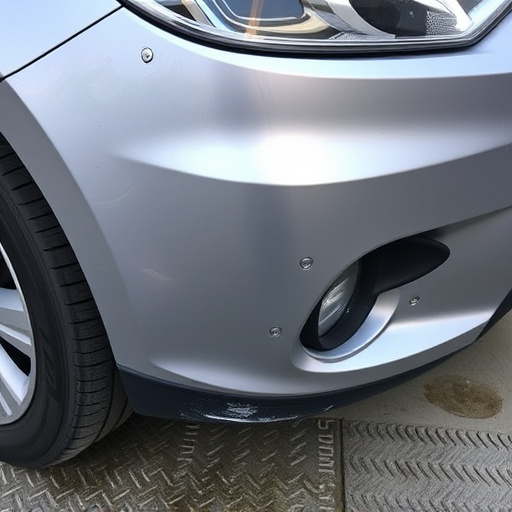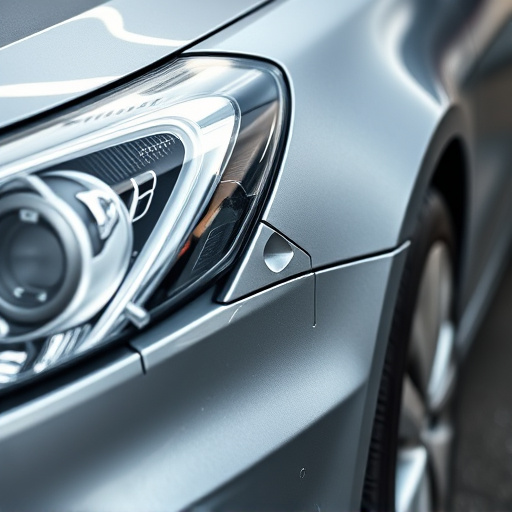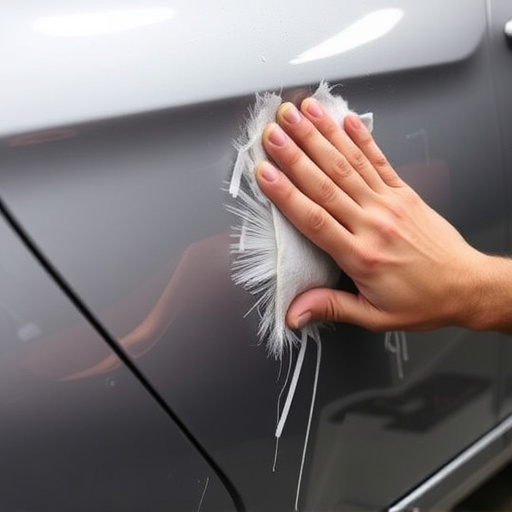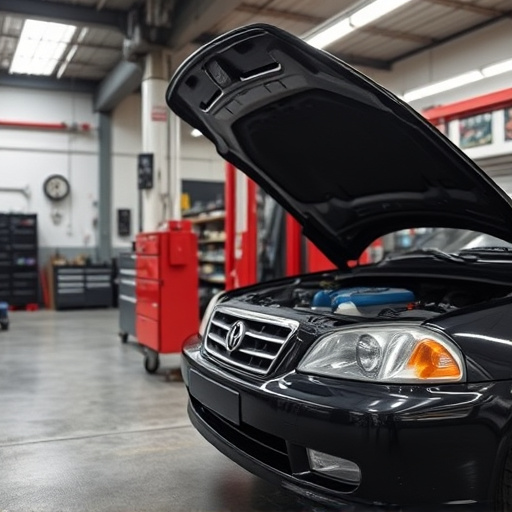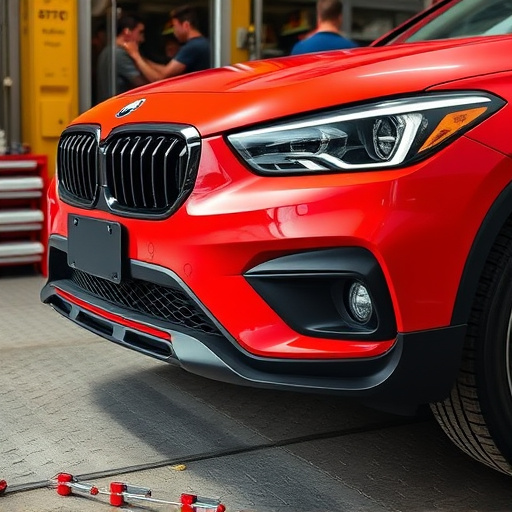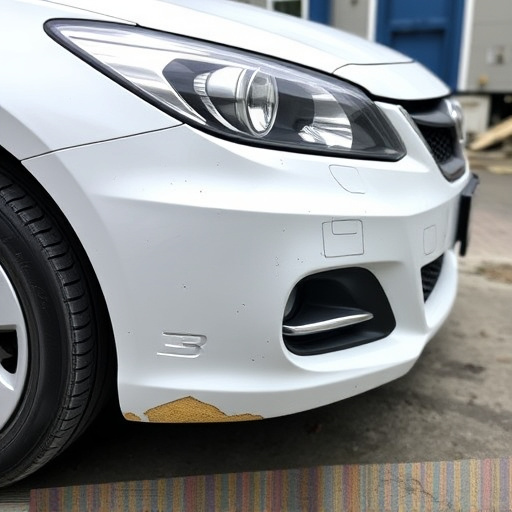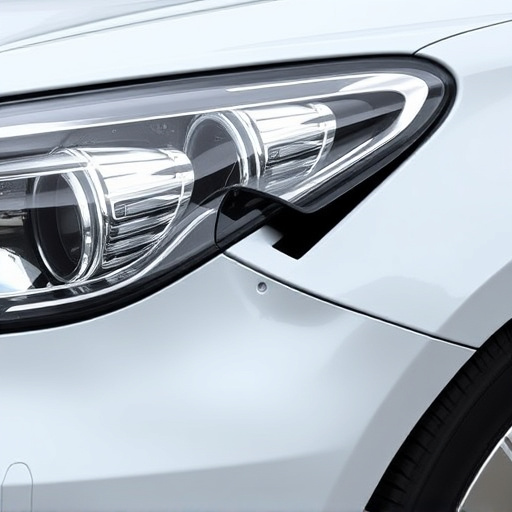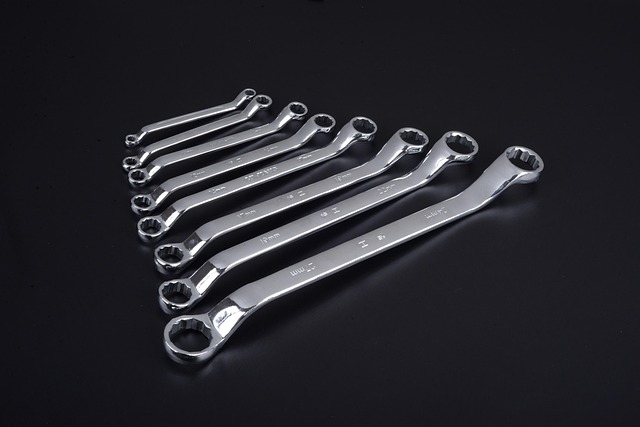The repair documentation service is vital for insurance claims, especially collision repair, providing high-quality visual evidence to accurately assess damage, ensure fair settlements, maintain transparency, and streamline processes. Best practices include taking well-lit, focused images from multiple angles, labeling each photo with relevant details, promoting fairness in claims like auto glass or collision repairs.
Insurance adjusters rely on repair photo documentation as a powerful tool to process claims efficiently. This visual evidence provides a detailed record of damage, aiding in accurate assessments and fair settlements. In this article, we explore the significance of repair photo documentation services in the insurance industry. We’ll delve into how these images serve as critical visual aids, enhancing claim handling and ensuring transparency. Additionally, we’ll offer best practices for capturing comprehensive and effective photographic evidence.
- Understanding Repair Photo Documentation Service
- The Role of Visual Evidence in Insurance Claims
- Best Practices for Effective Photo Documentation
Understanding Repair Photo Documentation Service
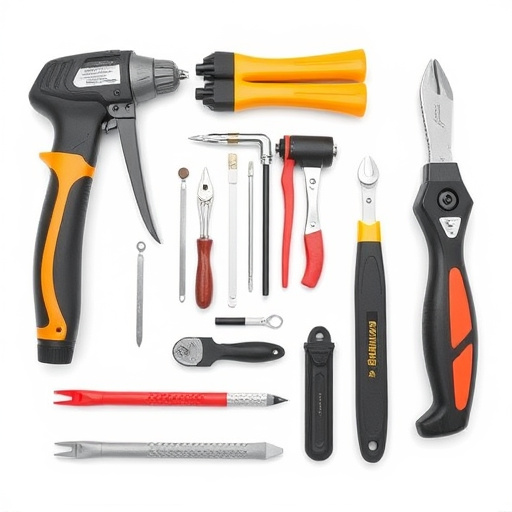
Repair photo documentation service plays a pivotal role in the insurance claims process, especially when it comes to collision repair and vehicle restoration. This specialized service involves capturing detailed, high-quality images of damaged vehicles, which later serve as crucial evidence for assessing and approving repairs. Professional adjusters and automotive body shops rely on this visual documentation to accurately estimate costs, track progress, and ensure the quality of work.
In an era where digital records are the norm, these repair photos offer a comprehensive view of the vehicle’s condition before, during, and after the repair process. They capture not just the visible damage but also subtle issues that might be missed by the naked eye. This meticulous documentation is invaluable for both insurance companies and automotive body shops, as it helps in accurate claim settlements, maintains transparency, and facilitates efficient collision repair.
The Role of Visual Evidence in Insurance Claims
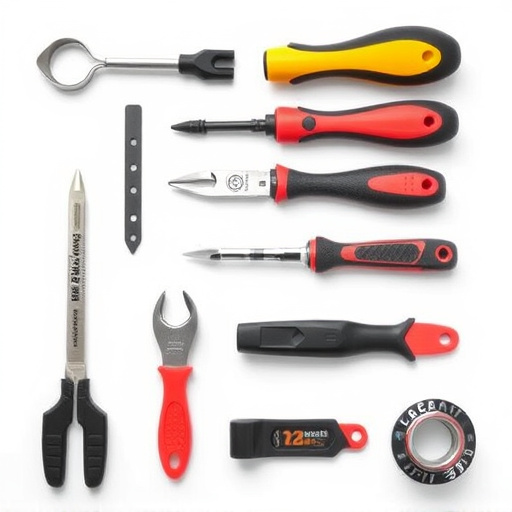
In the realm of insurance claims, visual evidence plays a pivotal role in ensuring accurate and fair settlements. When it comes to documenting repairs, particularly in cases involving vehicle paint repair or collision damage repair, a comprehensive repair documentation service is indispensable. This involves capturing detailed images that not only showcase the extent of the damage but also illustrate the before-and-after transformation after the collision repair center has done its work.
Visual evidence acts as a powerful tool for insurance adjusters, enabling them to make informed decisions and accurately assess the value of repairs. Through high-quality photos, adjusters can objectively evaluate everything from paint scratches and dents to structural integrity issues, all of which are crucial factors in determining compensation. This meticulous documentation service not only streamlines the claims process but also helps maintain transparency between insurance providers, claimants, and collision repair centers.
Best Practices for Effective Photo Documentation
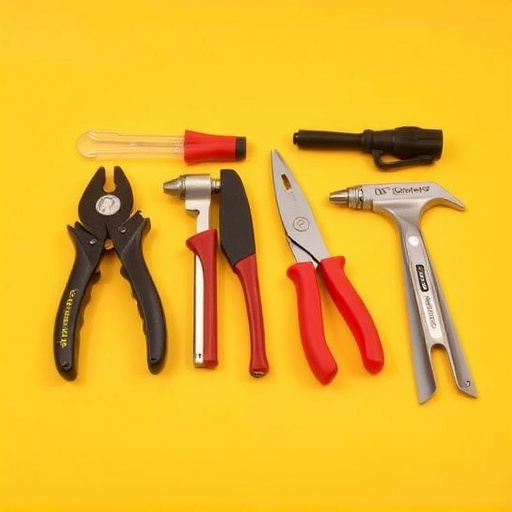
To capture accurate and compelling evidence for insurance claims, adjusters should adhere to best practices when it comes to photo documentation. This includes ensuring photos are taken in well-lit areas with clear focus, capturing both wide-angle and close-up shots of damaged areas, and documenting repairs from multiple angles. A comprehensive repair documentation service involves meticulous record-keeping, where each image is labeled with relevant details such as the date, location, and nature of the damage or repair.
By implementing these practices, adjusters can effectively verify the extent of damages, especially in cases like auto glass repair or collision repair center scenarios. High-quality photos act as irrefutable evidence, streamlining the claims process and reducing potential disputes. This meticulous documentation service not only aids in faster claim settlements but also ensures fairness for all parties involved.
Insurance adjusters rely on repair photo documentation as a vital tool to assess and process claims accurately. By capturing detailed, visual evidence during the repair process, this service ensures fair compensation for policyholders while minimizing fraud risks. Adhering to best practices for effective photo documentation, such as including all relevant angles, providing clear context, and documenting both before-and-after scenes, is crucial for creating a comprehensive record that facilitates efficient claims resolution.

